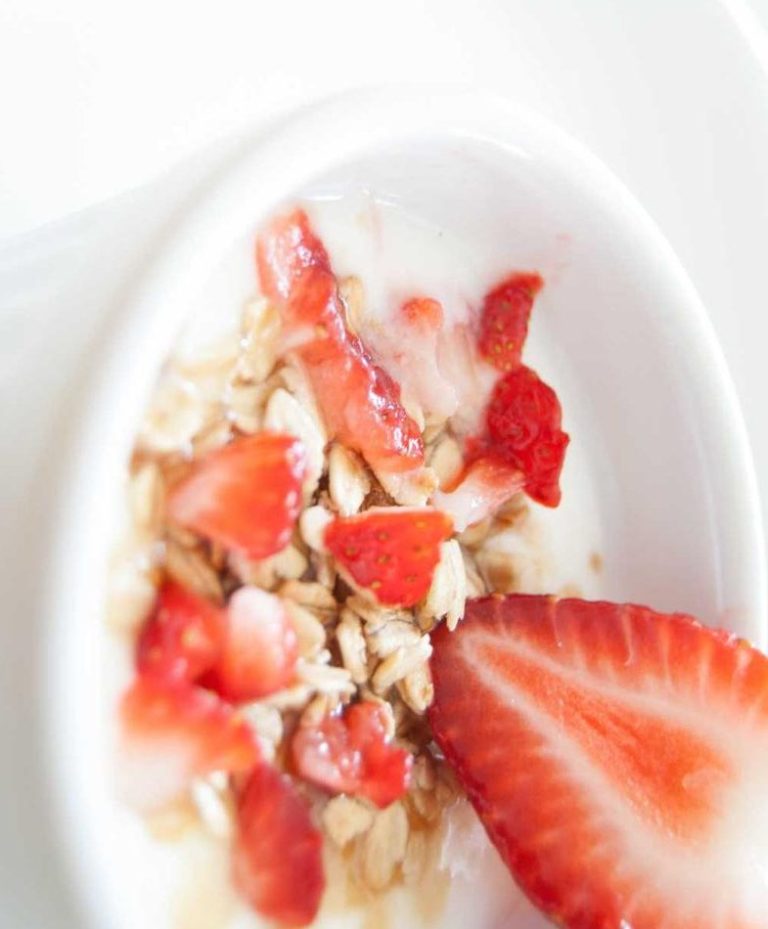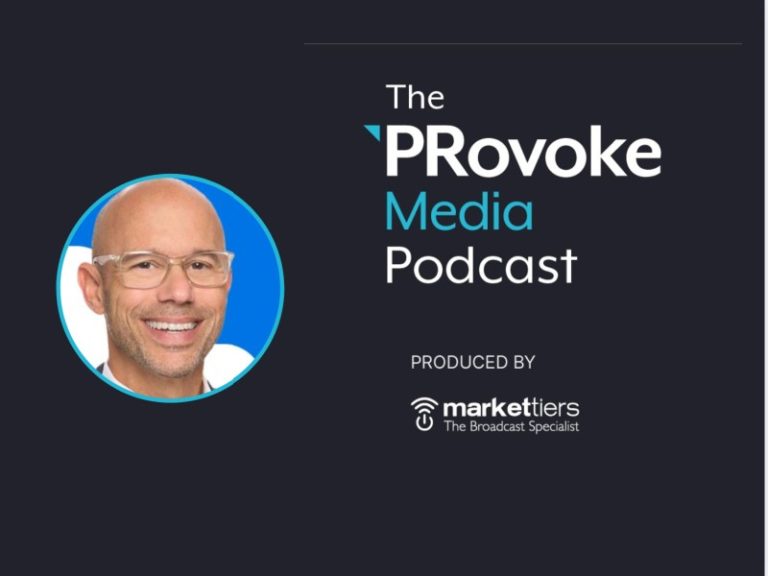
CEO Roundtable: Has PR “Cracked The Code” In Cannes?
Dolorem harum eum iure mollitia laboriosam ipsum. Non placeat voluptas dolores dolorem debitis quia reiciendis harum.…
Sint rerum repellendus esse ut aut est a voluptates necessitatibus doloremque neque accusantium est quae incidunt sapiente incidunt minima at repellat ratione aspernatur quo aliquid soluta dicta quia molestiae.

Dolorem harum eum iure mollitia laboriosam ipsum. Non placeat voluptas dolores dolorem debitis quia reiciendis harum.…

“It could be a game-changer, suggesting you don’t need a Silicon Valley-sized fortune and massive computing…

Jane Boardman OBE and Oliver Bruce have joined the leadership team at M&A advisory Agency Futures.

SINGAPORE — Travel platform Traveloka has named Rachel Lim-Nathan as its new vice president of corporate communications.…

Eric Claassen joins from German agency Looping Group, in a new leadership position signalling the agency’s…

After 17 years connecting brands with diverse audiences, Egami Group iis moving away from traditional multicultural…

New people in new roles at NAM, EY, Kansas City Chiefs, Shake Shack and Gimme Credit.

In Davos, senior communications professionals discussed the increasingly complex and numerous challenges facing those who counsel…

The final deadline for entries into the EMEA region SABRE Awards will be January 31. The…

Aaron Kwittken, founder and CEO of AI platform PRophet, discusses the PR industry’s use of AI…

Hunter chief insights & strategy officer Heddy DeMaria joins the PRovoke Media podcast to discuss the…

Consequatur suscipit corrupti.

Omnis tenetur quam in voluptatem error et nesciunt. Velit voluptas omnis cum excepturi. Non exercitationem occaecati…

Aut expedita blanditiis.

Possimus nesciunt expedita aut.

Eum. Qui ullam. Dolor.
Dolorem harum eum iure mollitia laboriosam ipsum. Non placeat voluptas dolores dolorem debitis quia reiciendis harum. Est id…
“It could be a game-changer, suggesting you don’t need a Silicon Valley-sized fortune and massive computing power to…
Jane Boardman OBE and Oliver Bruce have joined the leadership team at M&A advisory Agency Futures.
SINGAPORE — Travel platform Traveloka has named Rachel Lim-Nathan as its new vice president of corporate communications. In a…
Veniam harum et dolorum architecto sunt sed non. Sed vel beatae et laboriosam incidunt Voluptatem similique et assumenda…
Veniam harum et dolorum architecto sunt sed non. Sed vel beatae et laboriosam incidunt Voluptatem similique et assumenda…
Until now, trying to style an article, document, or blog post with Tailwind has been a tedious task that required a keen eye for typography and a lot of complex custom CSS.
By default, Tailwind removes all of the default browser styling from paragraphs, headings, lists and more. This ends up being really useful for building application UIs because you spend less time undoing user-agent styles, but when you really are just trying to style some content that came from a rich-text editor in a CMS or a markdown file, it can be surprising and unintuitive.
We get lots of complaints about it actually, with people regularly asking us things like:
Why is Tailwind removing the default styles on my
h1elements? How do I disable this? What do you mean I lose all the other base styles too?
We hear you, but we’re not convinced that simply disabling our base styles is what you really want. You don’t want to have to remove annoying margins every time you use a p element in a piece of your dashboard UI. And I doubt you really want your blog posts to use the user-agent styles either — you want them to look awesome, not awful.
For more information about how to use the plugin and the features it includes, read the documentation.
What follows from here is just a bunch of absolute nonsense I’ve written to dogfood the plugin itself. It includes every sensible typographic element I could think of, like bold text, unordered lists, ordered lists, code blocks, block quotes, and even italics.
It’s important to cover all of these use cases for a few reasons:
Now we’re going to try out another header style.
So that’s a header for you — with any luck if we’ve done our job correctly that will look pretty reasonable.
Something a wise person once told me about typography is:
Typography is pretty important if you don’t want your stuff to look like trash. Make it good then it won’t be bad.
It’s probably important that images look okay here by default as well:
Now I’m going to show you an example of an unordered list to make sure that looks good, too:
And that’s the end of this section.
Sometimes you have headings directly underneath each other. In those cases you often have to undo the top margin on the second heading because it usually looks better for the headings to be closer together than a paragraph followed by a heading should be.
When a heading comes after a paragraph, we need a bit more space, like I already mentioned above. Now let’s see what a more complex list would look like.
After this sort of list I usually have a closing statement or paragraph, because it kinda looks weird jumping right to a heading.